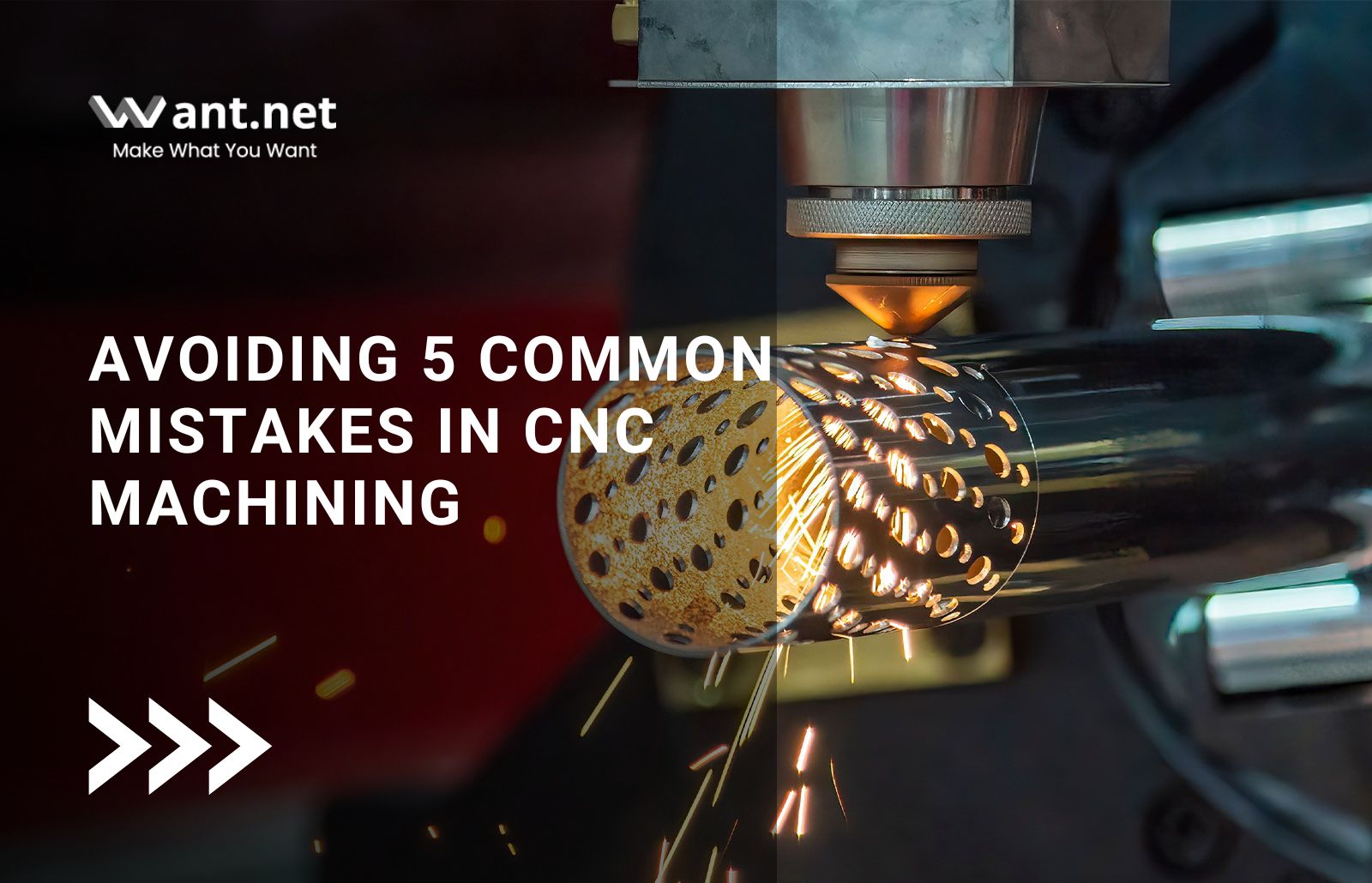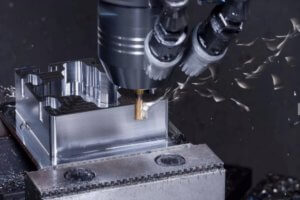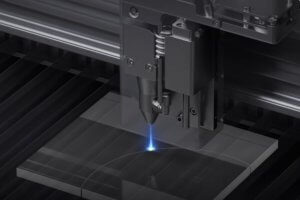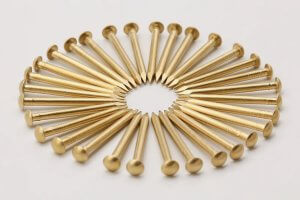CNC machining has revolutionized modern manufacturing with its efficient and precise capabilities. However, like any process, there are common mistakes that can occur. In this article, we will explore the five most prevalent mistakes in CNC machining and provide insights into how to avoid them.
Mistake 1: Improper Material Selection
Selecting the wrong material for the job is a significant mistake in CNC machining. It can lead to poor surface finishes, tool wear, and premature tool failure. To avoid this, it’s crucial to carefully consider the application and required properties of the finished product when choosing the material. Different materials offer varying strengths, conductivity, and other characteristics.
Real-life example:
A manufacturer chose a material that was too soft for their product, resulting in quick tool wear, poor surface finishes, and the need to start the process again.
Recommended Read: The Power of CAD/CAM in CNC Machining
Mistake 2: Incorrect Cutting Parameters
Setting incorrect cutting parameters is another common mistake in CNC machining. This can lead to issues such as poor surface finishes, tool wear, and machine failure. It’s vital to establish the appropriate spindle speed, feed rate, and depth of cut based on the material being machined.
Real-life example:
A machinist set the spindle speed too high when working with a hard material, causing the tool to overheat and the machine to shut down. They had to replace the tool and restart the job.
Mistake 3: Poor Fixture Design
Fixturing is critical in CNC machining as it holds the material in place during the process, ensuring accuracy and precision. Poor fixture design can result in misalignment, poor surface finishes, and tool wear. Designing and manufacturing fixtures that are strong, accurate, and user-friendly is essential.
Real-life example:
A machinist designed a weak fixture that caused the material to shift during machining, leading to misaligned cuts and poor surface finishes.
Mistake 4: Improper Tool Selection
Choosing the wrong tool for the job can cause issues in CNC machining. Different tools possess unique properties suited for specific applications. Using an unsuitable tool can result in poor surface finishes, tool wear, and premature tool failure. Selecting the right tool based on the material, required finish, and cut geometry is crucial.
Real-life example:
A machinist used a tool unsuited for a hard material, leading to quick tool wear and the need for a replacement.
Mistake 5: Poor Maintenance
Neglecting regular maintenance can lead to issues in CNC machining. Proper maintenance ensures accuracy, precision, and longevity of the machine and its components. Failing to do so can result in poor surface finishes, premature tool failure, and even machine breakdown.
Real-life example:
A manufacturer neglected regular maintenance, causing a critical machine breakdown during an important job, resulting in lost time, revenue, and reputation.
Achieving Success through Attention to Detail and Improvement
To achieve success in CNC machining, meticulous attention to detail is vital. By avoiding these common mistakes, machinists can ensure accurate, efficient, and successful results. Proper material selection, correct cutting parameters, robust fixture design, appropriate tool selection, and regular maintenance are key factors.
Recommended Read: Mastering the Art of 5-Axis CNC Machining
It’s important to acknowledge that mistakes can happen, even with experienced machinists. When a mistake occurs, it’s crucial to pause the job, assess the situation, and make necessary adjustments before proceeding. This prevents further errors and ensures successful completion.
Investing in quality training and education for machinists is also essential. This equips them with the knowledge and skills needed to avoid mistakes and troubleshoot issues effectively. It improves efficiency, effectiveness, and minimizes costly errors in CNC machining operations.
Overall, CNC machining is a vital part of modern manufacturing, and it’s important to take steps to avoid common mistakes. By focusing on proper material selection, correct cutting parameters, robust fixture design, appropriate tool selection, and regular maintenance, machinists can ensure successful outcomes and high-quality products.








